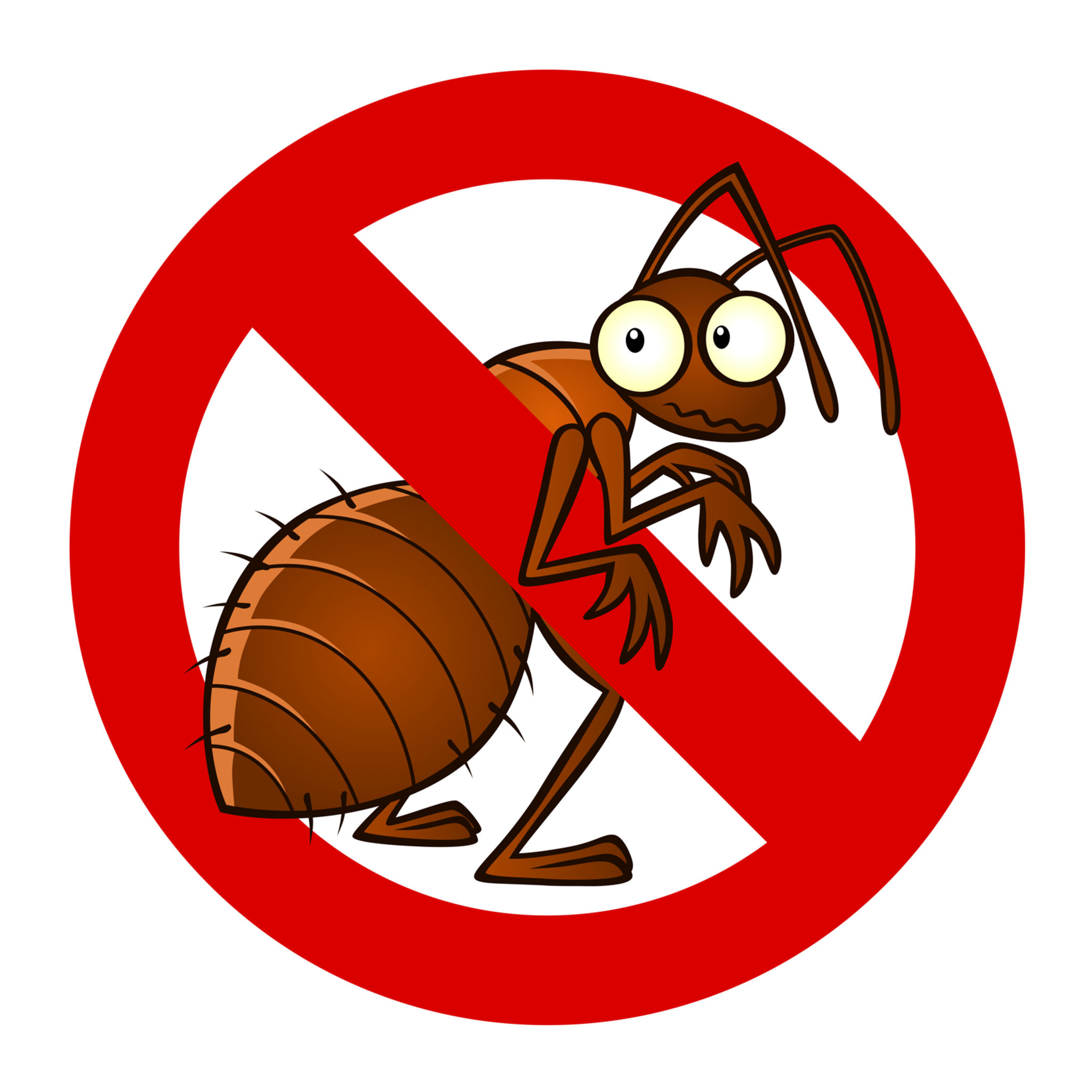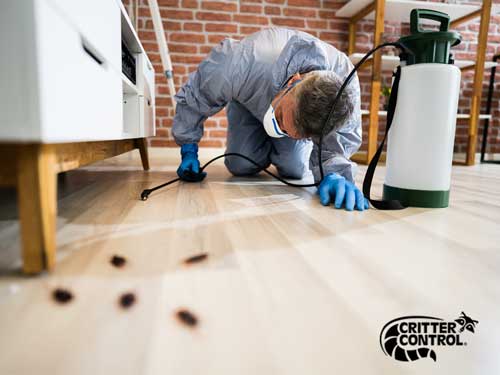Professional A1 Charlotte Bed Bug Exterminator - High Quality Service Ensured
Professional A1 Charlotte Bed Bug Exterminator - High Quality Service Ensured
Blog Article
Bed Pest Therapy Failure: Comparing Chemical Vs. Non-Chemical Solutions
In the world of insect control, particularly when dealing with the relentless problem of bed bugs, the choice between chemical and non-chemical therapy remedies can be a critical one. Both techniques supply distinct advantages and disadvantages, influencing aspects such as performance, safety considerations, and overall expense. By checking out the nuanced details of each technique, a more clear understanding of which path to seek in addressing a bed bug invasion can be attained.
Effectiveness of Chemical Therapies
Chemical therapies for bed pest problems have been widely recognized for their rapid and potent efficiency in eliminating these insects. When taking into consideration the effectiveness of chemical treatments, it is critical to recognize that they can provide a comprehensive and quick solution to a bed bug problem. Professional pest control specialists typically count on pesticides to target bed pests at various stages of their life cycle, including nymphs, eggs, and adults. These chemicals usually work by interfering with the bed pests' nerve system, causing paralysis and ultimate death.
Additionally, chemical treatments have the benefit of offering recurring results, meaning that they can remain to remove bed bugs even after the first application. This recurring action is especially advantageous in combating any kind of prospective re-infestations. In addition, the quick action of chemical treatments can bring alleviation to individuals dealing with extreme bed bug problems, enabling them to reclaim control of their home swiftly.
Safety Worries With Chemical Solutions
When using chemical options for bed insect treatment is making sure the security of residents and the atmosphere,One vital element that needs cautious consideration. While chemical treatments can be efficient in removing bed pests, they might present threats if not managed appropriately. Among the key security interest in chemical solutions is the potential harm they can trigger to human health. Exposure to particular chemicals utilized in bed insect therapies can cause breathing issues, skin irritation, or various other negative reactions, specifically in people with pre-existing conditions or sensitivities. In addition, inappropriate application or dosage of chemical pesticides can lead to harmful residues sticking around in the treated location, presenting long-term wellness threats to owners.
In addition, the ecological effect of chemical options is one more significant consideration. Some pesticides utilized in bed pest treatments might be damaging to beneficial pests, wild animals, and ecosystems if they leach into the dirt or water systems. It is necessary to make use of chemical treatments carefully, adhering to safety standards, and thinking about much less harmful choices to mitigate these threats and guarantee the risk-free and reliable management of bed insect problems.
Benefits of Non-Chemical Techniques
Considering the potential safety and security concerns and environmental influence connected with chemical services for bed insect treatment, checking out non-chemical techniques presents an encouraging option with several unique benefits. Non-chemical therapies are environmentally pleasant, as they do not contribute Read Full Article to air or water air pollution, making them a lasting choice for parasite control.
Furthermore, non-chemical remedies can be reliable in targeting bed bugs, including hard-to-reach areas where chemical therapies may not penetrate - A1 charlotte pest control companies. Approaches such as warm treatment, vacuuming, heavy steam cleansing, and mattress coverings give thorough eradication without the usage of hazardous chemicals.
Limitations of Non-Chemical Treatments

Additionally, non-chemical treatments frequently need multiple applications to attain successful obliteration. This can be taxing and may not constantly ensure full removal of all bed insects and their eggs, specifically in covert or hard-to-reach locations.
In addition, the success of non-chemical treatments heavily relies on correct application and thoroughness, which pop over to this web-site can be challenging for people without professional competence. Inadequate application of non-chemical methods might cockroach result in incomplete removal, leading to persistent infestations and the need for additional treatments.
For that reason, while non-chemical therapies have their advantages, it is important to acknowledge these constraints and consider them when figuring out one of the most reliable strategy for taking care of bed bug infestations.
Price Contrast: Chemical Vs. Non-Chemical Options
Provided the constraints associated with non-chemical treatments, an essential aspect to assess in the context of bed pest monitoring is the price contrast in between chemical and non-chemical alternatives. Chemical treatments normally involve the application of insecticides by experts, which can range from $250 to $900 per room, depending upon the severity of the infestation and the size of the area to be dealt with. In contrast, non-chemical therapies like warmth treatment or vapor can be more pricey, with expenses varying from $1,000 to $6,000 for a whole home. While the preliminary cost of chemical treatments may seem lower, multiple therapies might be needed to totally get rid of the invasion, potentially raising the general expense. On the various other hand, non-chemical choices may offer a much more sustainable and environment-friendly option, although they can be cost-prohibitive for some individuals. Inevitably, when taking into consideration the expense of bed bug therapy options, it is necessary to consider the in advance expenses versus the effectiveness and long-term sustainability of the chosen method.
Final Thought

Thinking about the potential safety and security worries and environmental effect linked with chemical options for bed insect treatment, discovering non-chemical techniques offers an encouraging option with numerous distinct benefits.Provided the restrictions linked with non-chemical therapies, a necessary facet to evaluate in the context of bed bug administration is the price contrast between chemical and non-chemical options. In contrast, non-chemical treatments like heat treatment or heavy steam can be a lot more costly, with expenses ranging from $1,000 to $6,000 for an entire home. While the preliminary expense of chemical treatments may seem lower, several treatments might be needed to completely get rid of the problem, possibly enhancing the total price.In conclusion, when comparing chemical and non-chemical bed bug therapy options, it is crucial to take into consideration performance, safety and security, advantages, constraints, and expense.
Report this page